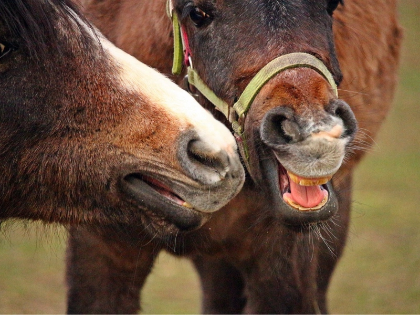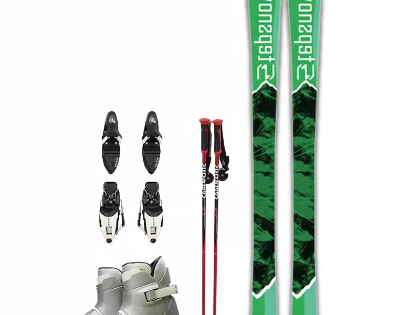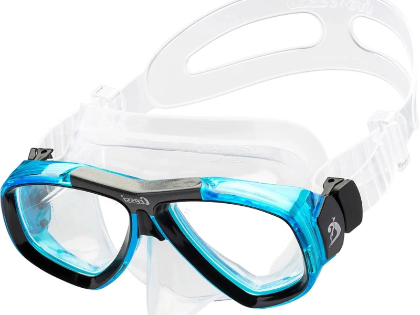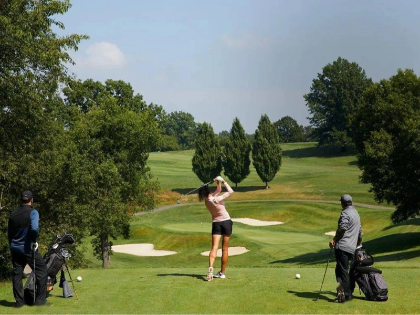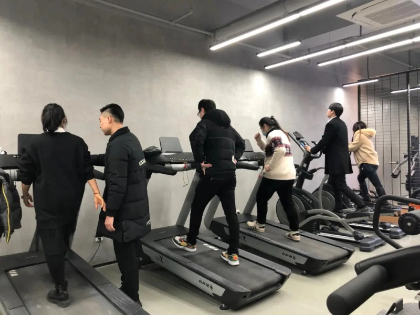MasteringSki Bumps: Rhythm And Timing In Mogul Fields
Though they can be difficult, with repetition bumps become the basis of a good skier. Learning how to create pressure with your outer foot will help you slide and turn over the obstacles. Approaching the bumps, you extend to pass them by flexing your legs like shock absorbers.
Rhythms and timing
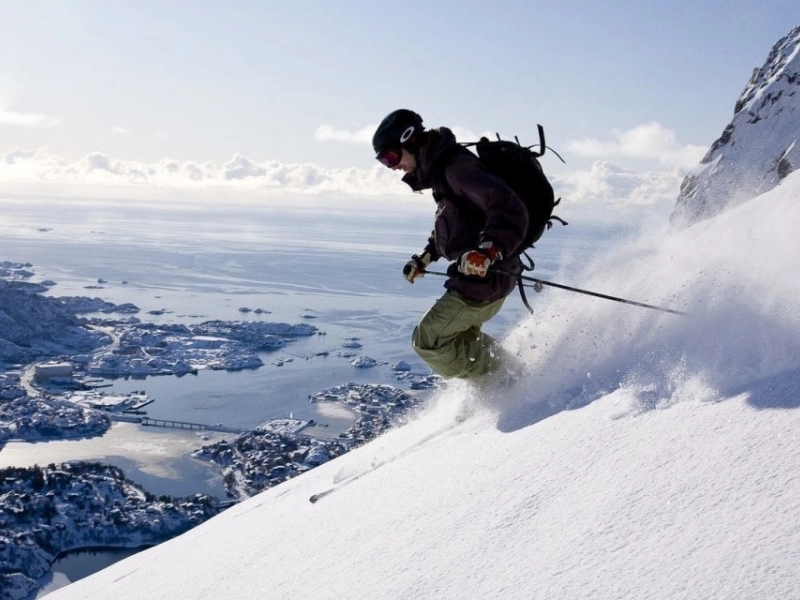
The Direct Line
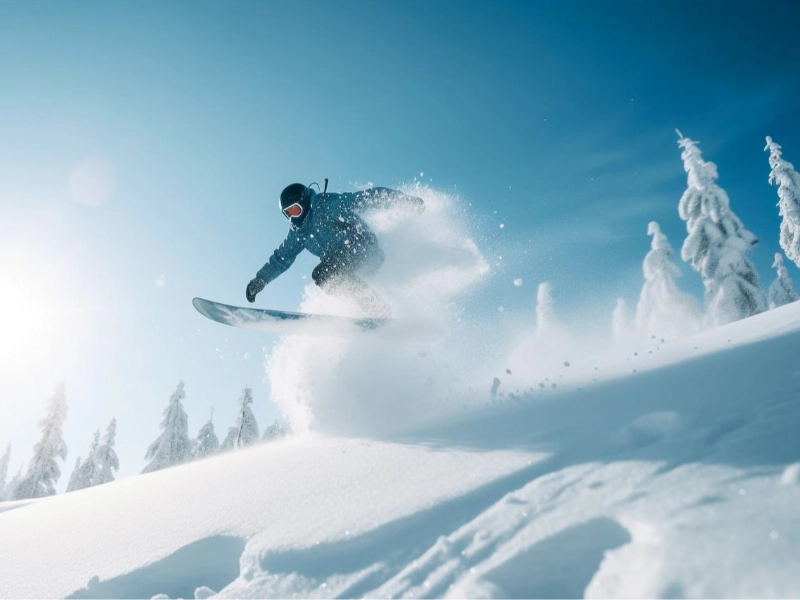 A sophisticated, high-speed move, the ski jump calls for a very skilled athlete. This is seen from the several approaches WC athletes apply to maximise their performances.
Analysing the performance of this move is challenging for various reasons, though. The athlete's motions are disrupted and the amount of legitimate data points is lowered by the great number of cameras required for video recording. Furthermore, the IMUs have to be positioned on the athlete's body, so particular knowledge is necessary to prevent positioning mistakes.
As such, inertial measurement units (IMUs) are the most often utilised technique for performance analysis of a ski jump. Still, this method is only good for obtaining kinematics at take-off given their limited measuring volume and low accuracy.
A sophisticated, high-speed move, the ski jump calls for a very skilled athlete. This is seen from the several approaches WC athletes apply to maximise their performances.
Analysing the performance of this move is challenging for various reasons, though. The athlete's motions are disrupted and the amount of legitimate data points is lowered by the great number of cameras required for video recording. Furthermore, the IMUs have to be positioned on the athlete's body, so particular knowledge is necessary to prevent positioning mistakes.
As such, inertial measurement units (IMUs) are the most often utilised technique for performance analysis of a ski jump. Still, this method is only good for obtaining kinematics at take-off given their limited measuring volume and low accuracy.
The Line of Sidewinders
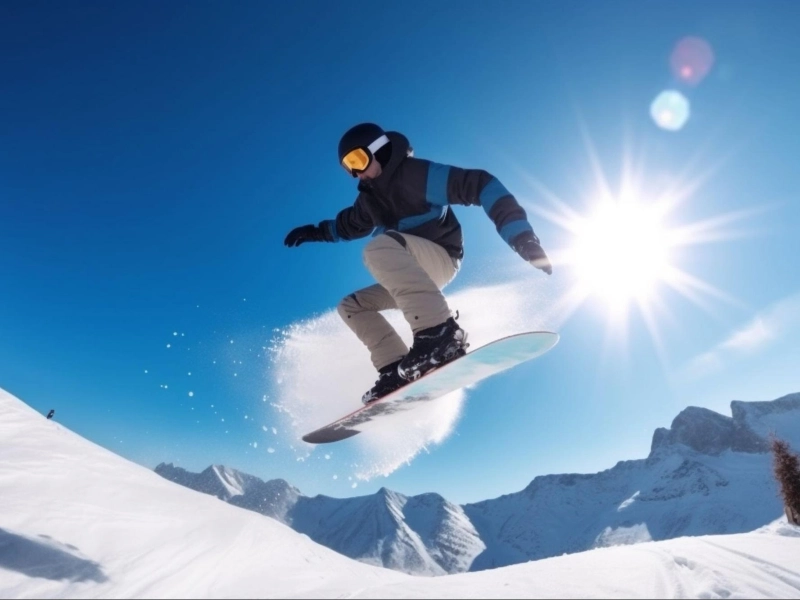 Athletes in the sport of ski jumping combat gravity using physics to enable maximum flight distance. They create lift and lowers drag by using their skis like a wing.
The degree of inclination required to preserve lateral balance—that is, the amount of centrifugal force—which is influenced by the athlete's pace and turn form determines one of the main elements influencing this. Reducing the speed of the skis and raising the angle of attack help one to maximise the lift from a jump.
The vertical ground reaction force during impact (GRF) and the ski movement during landing preparation have been linked in past studies. To gather this information, the authors combined wireless force insoles with IMUs set on the skis. From the geometry of the in-run, an algorithm reconstructs the angular motions of roll, pitch, and yaw of the skis, thereby postprocessing inertial sensor data. Every normalised jump's data was then matched to the matching GRF.
Athletes in the sport of ski jumping combat gravity using physics to enable maximum flight distance. They create lift and lowers drag by using their skis like a wing.
The degree of inclination required to preserve lateral balance—that is, the amount of centrifugal force—which is influenced by the athlete's pace and turn form determines one of the main elements influencing this. Reducing the speed of the skis and raising the angle of attack help one to maximise the lift from a jump.
The vertical ground reaction force during impact (GRF) and the ski movement during landing preparation have been linked in past studies. To gather this information, the authors combined wireless force insoles with IMUs set on the skis. From the geometry of the in-run, an algorithm reconstructs the angular motions of roll, pitch, and yaw of the skis, thereby postprocessing inertial sensor data. Every normalised jump's data was then matched to the matching GRF.
The Supporting Line from the Backside
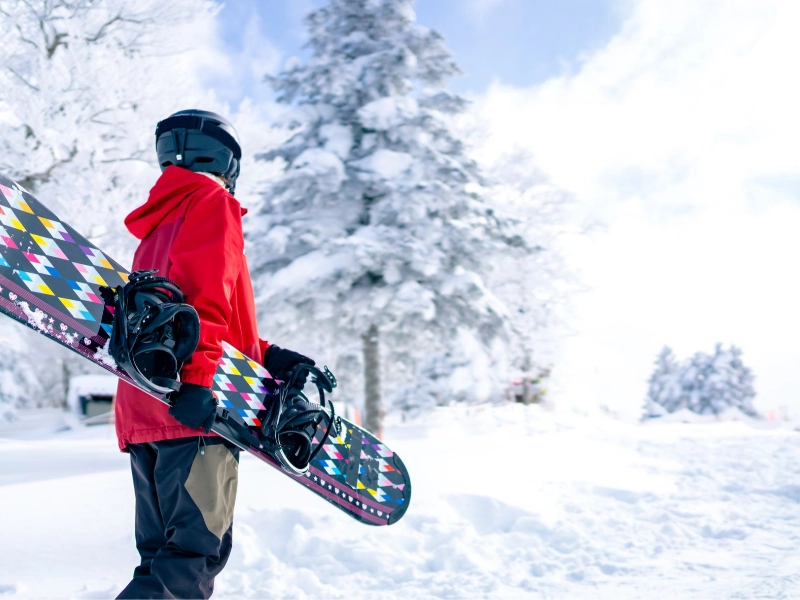 Your speed in a ski jump is largely influenced by friction. It results from air resistance as well as from the snow's surface. Skiers adopt a technique known as popping to reduce friction and boost their speeds. Starting in a crouching stance, thrust your weight backwards to propel forwards skyward.
Although earlier studies have concentrated on studying the ramp portion, a new study employing dGNSS has revealed that ski jumping performance can also be much influenced by the constant glide phase.2.3 Researchers calculated athletes' velocity and forces during the complete flight portion of a big ski jump by tracking their continuous head motions.
Shorter flight sections and hence reduced average airborne periods were linked, the researchers discovered, to a larger LD-ratio. This implies that, in a good flight technique, the constant glide is absolutely essential and should be considered while coaching ski jumping.
Your speed in a ski jump is largely influenced by friction. It results from air resistance as well as from the snow's surface. Skiers adopt a technique known as popping to reduce friction and boost their speeds. Starting in a crouching stance, thrust your weight backwards to propel forwards skyward.
Although earlier studies have concentrated on studying the ramp portion, a new study employing dGNSS has revealed that ski jumping performance can also be much influenced by the constant glide phase.2.3 Researchers calculated athletes' velocity and forces during the complete flight portion of a big ski jump by tracking their continuous head motions.
Shorter flight sections and hence reduced average airborne periods were linked, the researchers discovered, to a larger LD-ratio. This implies that, in a good flight technique, the constant glide is absolutely essential and should be considered while coaching ski jumping.



